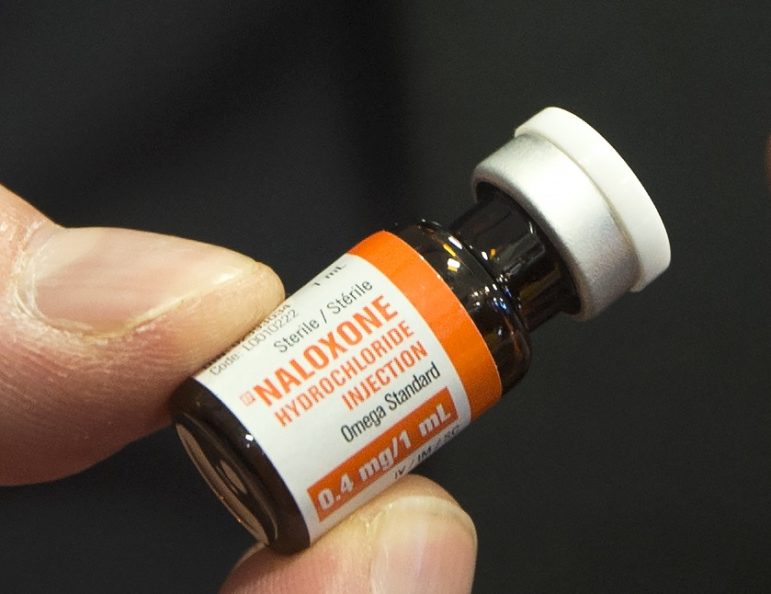
Premier of Alberta
Naloxone works by blocking opioid receptors so that a person can regain the ability to breathe.
One morning, I entered the bathroom of the Brooklyn homeless shelter I was living in to find a man unconscious with a needle sticking out of his arm. I knew this was an overdose, so I ran to my room to get my naloxone, a medicine that reverses an opioid overdose.
When I returned to the bathroom, a shelter guard was there. He stopped me from getting to the man, a kid really. I told him I was going to give him naloxone but he wouldn’t let me by. He used his walkie talkie to contact his manager. I heard the voice reply, “No, don’t let him do it. We don’t know what he has in there.”
I felt completely useless as the guard walked me out of the bathroom. I kept telling him that seconds count, but he would not listen.
Minutes later a nurse showed up with a naloxone kit, but it was too late; the kid had already died.
Sadly, this is all too common inside New York City shelters where overdose is the leading cause of death. His death could have been prevented if the shelter guard had known that naloxone could not have harmed that person even if it was not an overdose, or had he been trained how to reverse an overdose, and armed with naloxone himself.
Naloxone is safe and effective, and works by blocking opioid receptors so that a person can regain the ability to breathe. I got my naloxone kit through a training at BOOM!Health, a harm reduction program in the Bronx. I took the training seriously and never go anywhere without my kit. I have lost too many friends to overdose, and want to be prepared if I ever encounter someone who needed help.
I first told this story in April, standing on the steps of City Hall with dozens of others urging passage of city legislation introduced by Council Member Torres that would mandate regular training of Department of Homeless Services outreach workers and shelter staff on spotting and responding to an overdose. At the time, I hoped it would pass before more of my neighbors and fellow shelter residents died. Five months later, I ask myself how many more lives we could have saved if the bill were law.
My story is about more than access to naloxone. It is also about the stigma that homeless people face on an everyday basis. As a shelter resident, I was deemed untrustworthy and incapable of providing help. My story shows how stigma is deadly. Instead of assuming the worst, shelter staff should help residents to respond to this deadly issue that their community faces. When I witnessed an overdose, I was the most educated and well-equipped person on the scene. If shelter residents were seen as first-responders, I could have saved his life.
I still get pangs of guilt thinking about that day. What if I took the kit on me as I was getting out of bed? What if I pushed past the guard to squirt at least one shot up his nose? I share my story so that his death will not be in vain.
I want things to change. I want to make sure that no one in my community dies of an overdose again. I may be homeless, but I’m ready and willing to save a life, if this city allows me to.
Stephen Weltsek no longer resides in the shelter where he witnessed the overdose, but a supportive housing program that provides more robust services.









2 thoughts on “CityViews: Lives Could Be Saved if NYC’s Shelters Had Naloxone Training”
“No, don’t let him do it. We don’t know what he has in there.” The guards most likely understands what Naloxone is. As stated, overdosing is an all too common problem. The issue is that they didn’t know what was in the bottle Stephen was offering and they needed to get a qualified nurse to administer what they knew was actually drug.
The great thing about Naloxone is that you don’t need to be a nurse to adminster it. Any member of the shelter staff (including the security guard) could have administered it.